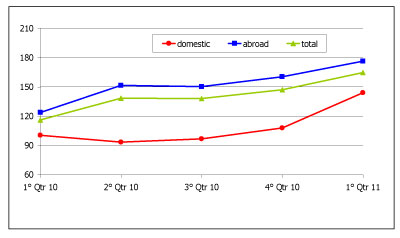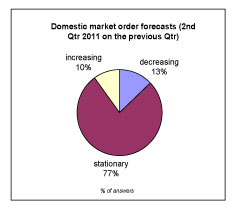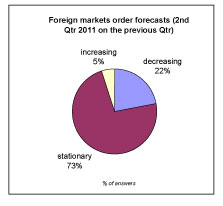NEW YORK CITY — May 25, 2011 — New York-based global materials consultancy Material ConneXion
announced today plans to expand its international operations with the launch of 10 locations
throughout China by 2017. Material ConneXion’s first office in China is scheduled to open in
Beijing in October 2011, followed by locations in Shanghai in March 2012 and Guangzhou in the 3rd
quarter of 2012.
Material ConneXion’s move into China is made possible by a strategic partnership with Eegoo
Cultural Industry Investment Co., Ltd., China’s leading cultural and innovative products operator,
positioned at the forefront of China’s booming cultural creative sector.
“China is a vital and obvious next step for us,” said George M. Beylerian, Founder & CEO,
Material ConneXion. “We are excited to gain a foothold in this rapidly evolving market and believe
that together with our new partner Eegoo, there is tremendous potential for Material ConneXion to
help drive innovation in China.”
The world’s fastest growing economy, China announced in its most recent five-year plan a
desire to shift towards designing, developing and manufacturing goods for domestic consumption,
rather than just manufacturing foreign-designed products for export. With this in mind, Material
ConneXion is positioned to become an engine for modernization among Chinese companies and product
developers. Material ConneXion will help spur this development by working with local designers and
manufacturers to increase the level of innovation and creativity in Chinese products and
services.
“China’s cultural and creative industries are at a very exciting turning point right now,”
said Zhong Cong, CEO of Egoo. “We believe strongly that Material ConneXion’s unparalleled materials
expertise and global insight will be crucial to helping Chinese creative culture become more
competitive and influential in the international market.”
In addition to facilitating innovation domestically, Material ConneXion’s move into China
responds directly to its international clients’ ever-growing need for insight into Chinese
materials and sourcing.
“Our extensive presence throughout China will dramatically increase our ability to help
clients around the world source Chinese materials close to their manufacturing,” said Michele
Caniato, President. “In such a large and complex market, on the ground insight is essential. We’ll
be able to provide our clients with the intelligence and support they need to manufacture in the
most efficient ways possible.”
Material ConneXion’s offices in China will offer the same services as its six other global
locations: An innovative materials library, consulting services customized materials research and
product development support and a wide range of public programing, including exhibitions and
conferences focused on materials innovation. Material ConneXion’s expansion into China comes on the
heels of opening its latest global office in Istanbul, Turkey. Headquartered in New York City, the
company has additional locations in Milan, Cologne, Bangkok and Daegu, Korea.
The partnership between Eegoo Cultural Industry and Material ConneXion was brokered by China
Center New York, the leading platform for China-US business and culture exchange. “Bridging Chinese
and American partners through good deals is at the core of China Center’s mission,” said Xue Ya,
President of China Center New York. “We are thrilled to witness the positive outcome of this
partnership.”
Posted on May 27, 2011
Source: Material ConneXion







